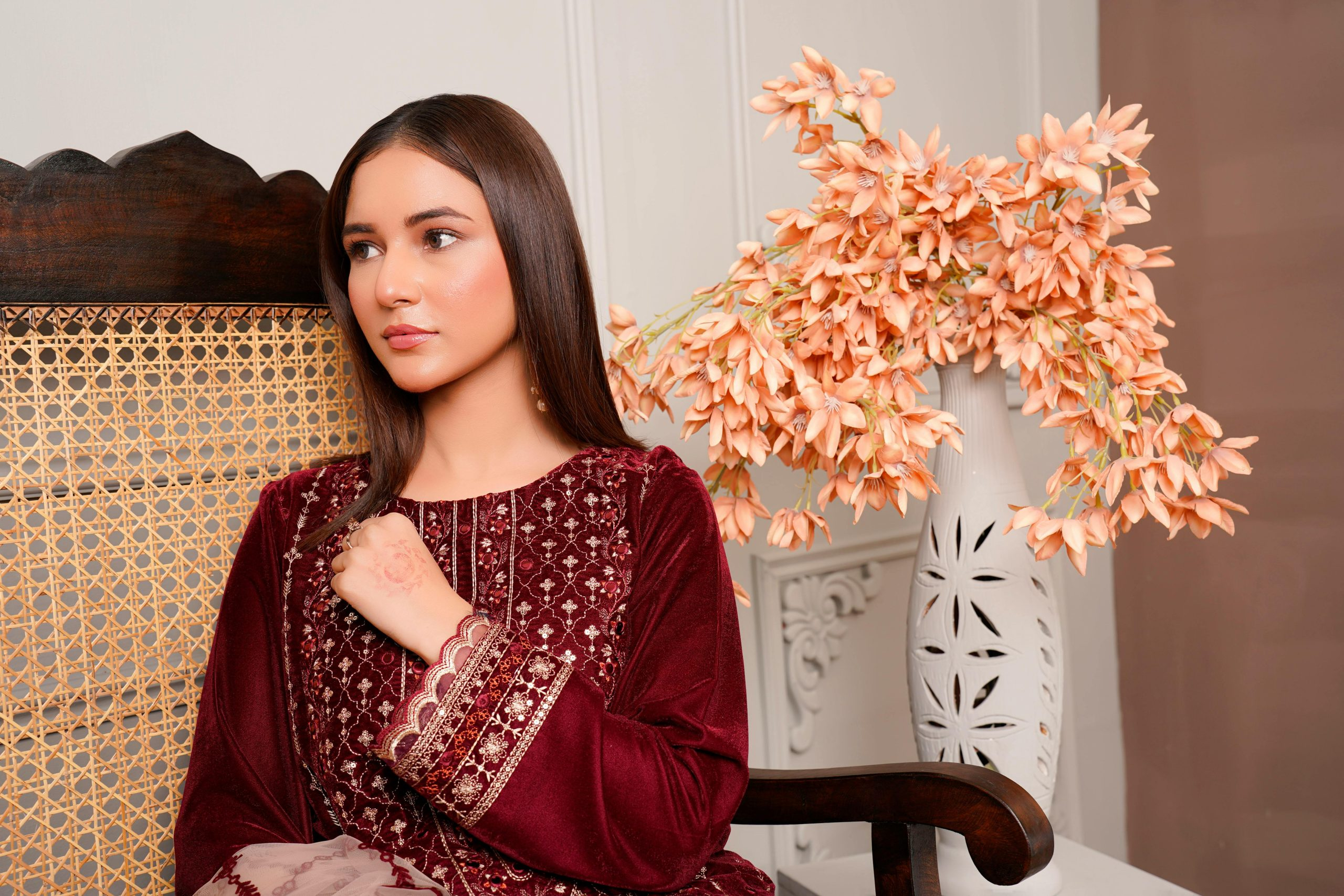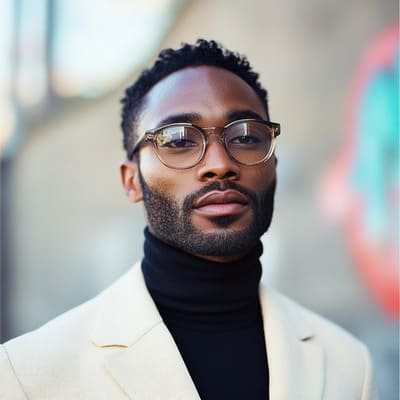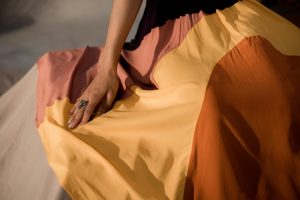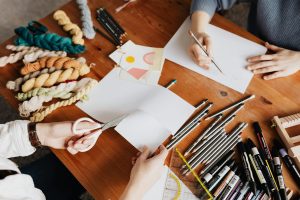The Art of Embroidery in Modern Couture
The art of embroidery has been a staple in fashion for centuries, with its intricate designs and delicate needlework adding an elegant touch to garments. From traditional folk art to high-end couture, embroidery has remained a timeless craft that has evolved with modern fashion. In this article, we will take a closer look at the history of embroidery in couture and how it continues to thrive in the world of fashion today. 
The History of Embroidery in Couture
Embroidery has a long and rich history, with its origins dating back to ancient civilizations such as Egypt and China. It was primarily used to decorate religious garments or signify wealth and status, but it eventually became a popular art form in Europe during the Middle Ages.
During the Renaissance and Baroque periods, embroidery became more refined and began to incorporate precious materials such as gold and silver threads, pearls, and gemstones. It was during this time that it became a status symbol, with monarchs and nobles adorning their garments with lavish and extravagant embroidery work.
The Rise of Embroidery in Modern Couture
In the 19th century, embroidery began to take on a new form in fashion with the advent of the Industrial Revolution. Machines were invented to mimic the intricate needlework of embroidery, making it more accessible and affordable for the masses. However, it wasn’t until the 1960s and 1970s that embroidery truly made its mark in modern couture.
With the rise of haute couture fashion houses such as Chanel, Dior, and Valentino, embroidery once again became a symbol of luxury and craftsmanship. Designers incorporated elaborate embroidery into their collections, elevating it to an art form and making it a key element in high fashion.
Embroidery Techniques in Modern Couture
Today, there are various techniques used in modern couture embroidery, each with its own distinct style. Some of the most common techniques include:
Hand Embroidery
Hand embroidery is the traditional method of creating intricate designs using a needle and thread. It requires a high level of skill and precision, making it a time-consuming and labor-intensive process. However, the end result is a beautifully crafted garment that is truly one of a kind.
Machine Embroidery
Machine embroidery uses computerized machines to stitch complicated designs onto fabric. This technique allows for more speed and accuracy in the embroidery process, making it ideal for mass production. However, it lacks the unique and personal touch of hand embroidery.
Beading and Sequin Embroidery
Incorporating beads and sequins into embroidery adds an extra layer of texture and sparkle to garments. This technique is often seen in bridal and evening wear, with designers like Elie Saab and Zuhair Murad known for their elaborate and intricate beaded embroidery work.
The Role of Embroidery in Modern Couture
Embroidery continues to play a significant role in modern couture, with designers using it to add dimension, texture, and artistic flair to their collections. It is also a way for designers to pay homage to traditional craftsmanship and cultural heritage, as many embroidery techniques have been passed down through generations.
In recent years, we have seen a resurgence of hand embroidery in luxury fashion as consumers have become more conscious of sustainability and ethical production. Hand embroidery offers a level of craftsmanship and attention to detail that cannot be replicated by machines, making it a cherished element in modern couture.
In Conclusion
The art of embroidery in modern couture is a perfect marriage of tradition and innovation. From ancient civilizations to the runways of Paris, embroidery has stood the test of time and continues to enchant us with its beauty and intricacy. As fashion evolves, so does embroidery, and we can only imagine the stunning creations that will emerge in the future.









